People who focus on building lean muscle tend to perform strength training. However, if you are trying to gain muscle, you may wonder, does running actually help to build muscle?
The answer is yes! If you do not lift weights in the gym, you can try to run to build lean muscle, especially your lower body.
Here is what you need to know about building muscle while running and becoming leaner and stronger.
How Muscles are Built?
Whenever your body works harder than it’s used to, your body muscles will undergo physical stress, which normally happens when you are running, lifting weights or doing exercise. It will break down tissues in your muscles and build your body stronger.
After a tough workout, your muscles will feel sore and unable to perform any exercises. So, it is important to rest and give your muscles time to rebuild the muscle tissues and become stronger.
To adapt to physical stress and become stronger, you have to give your muscles time to recover.
Does Running Build Muscle?
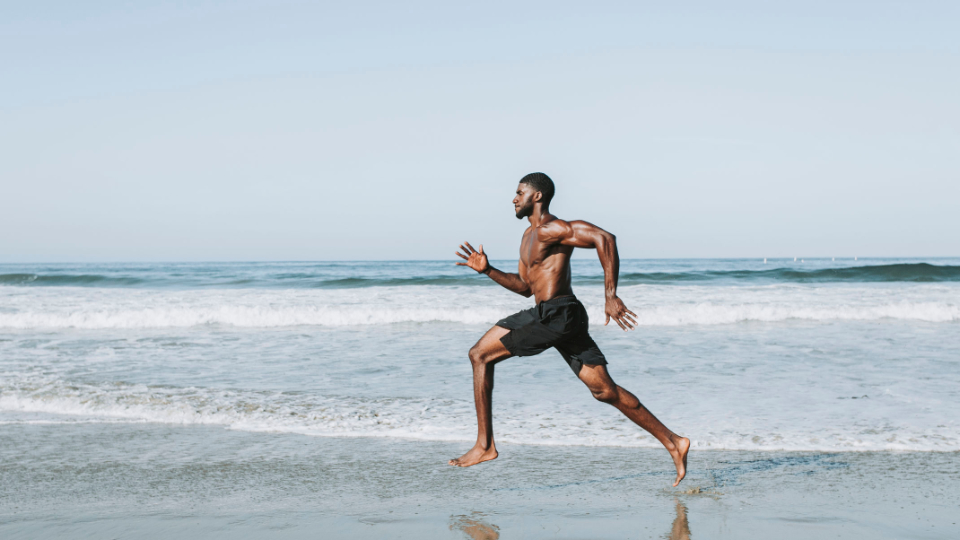
Running mainly works your lower body muscles, from the lower abdominal to your feet. It helps you to engage your hip flexors and hamstrings whenever you are running. It gives your glutes, hamstrings and calves a drive force to work your muscles while running.
There are two types of skeletal muscle fibre in the body, slow and fast-twitch muscle fibre. Both of the muscles work differently and based on the types of run you are working on.
Now, what is the difference between those two muscles?
Slow-twitch fibre is the one that supports longer, continuous exercises like long runs, as they do not make your muscles feel fatigued easily. Fast-twitch muscle fibre support powerful and quicker runs, such as sprints or hill runs. They also tend to feel fatigue easily.
If you are finding ways to work on both of these muscles, you can try to run different types of running, as it is one of the best ways to improve your overall health, stamina, endurance and many more.
How to Build Muscle with Running
Running is an intense exercise to challenge yourself in different types of run to build muscles and endurance. Here are the types of runs below:
1. High Intensity Interval Training
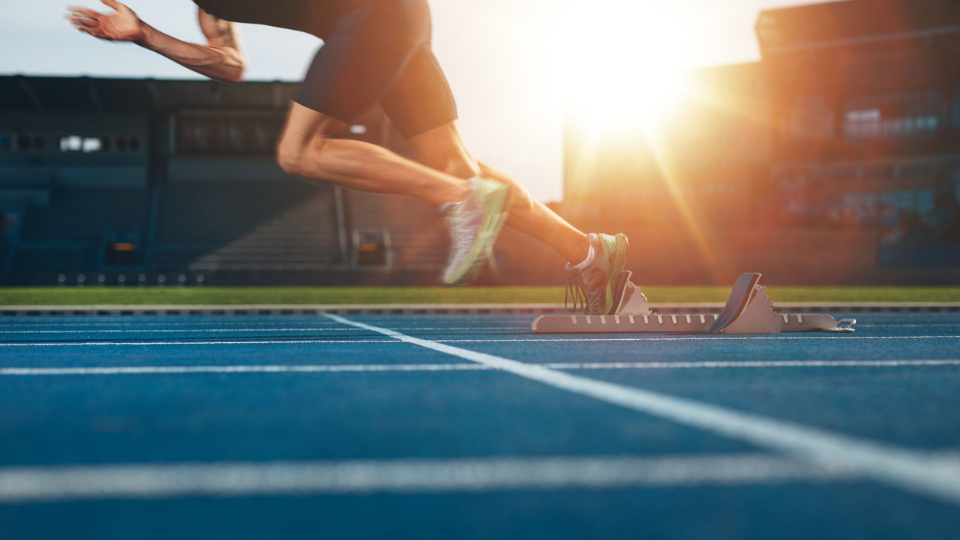
To boost your run, you can start with HIIT to build muscle in your legs. Incorporate HIIT as a part of your running routine will benefit you to work on the muscles.
You can sprint for one to two minutes and jog for three to four minutes. So, if you want to work on your fast-twitch fibre muscles, sprint runs will be the one for you.
2. Incline Run
You can run the hills by sprinting up and jogging down, as it offers your muscles to build them faster than running on a flat surface.
It requires muscle strength, as it works on the major muscles, such as glutes, hamstrings, quadriceps, calves, core and core muscles.
3. Long Distance Run
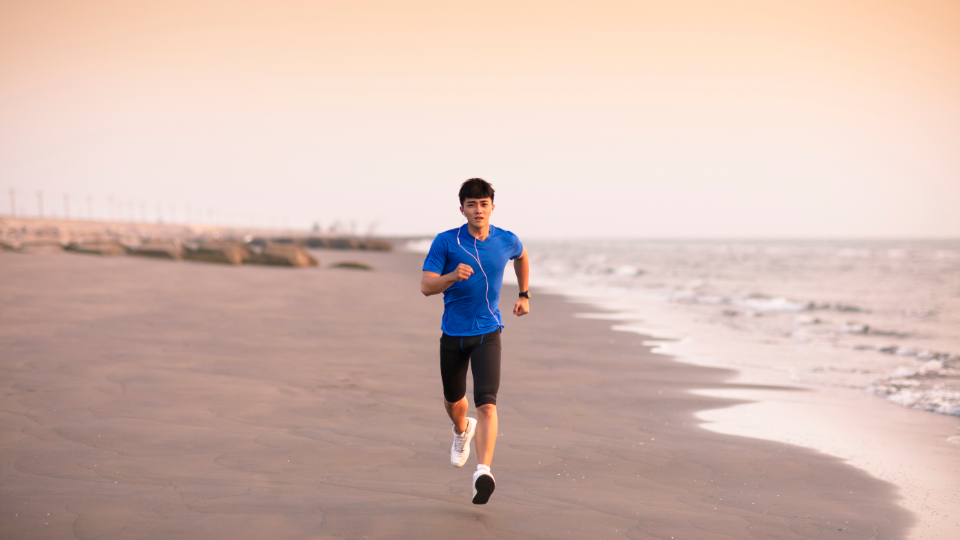
If you want to improve your run and build slow-twitch muscle fibre, long distance running can help you to build leg strength, improve endurance, and most of all, train your patience and mental toughness for further running sessions.
4. Recovery Run
Walking and jogging for 30 minutes once or twice a week helps you to not overwork your muscles to lower the risk of injury.
It is important to let your muscles rest and repair so that they can become stronger than before.
5. Healthy Balanced Diet
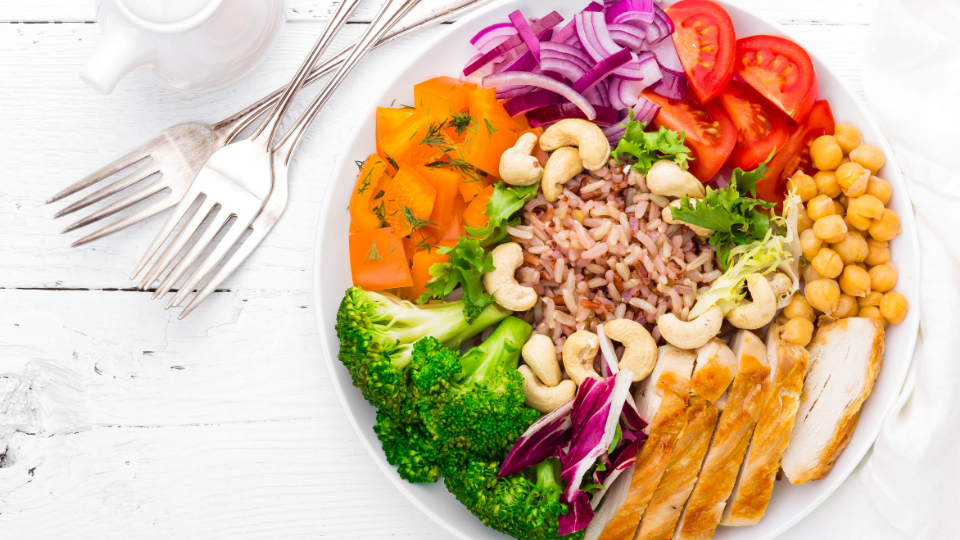
Eating right is one of the most important keys to gain lean muscle after a running session. That is why many people go for protein shakes after their workout.
If you do not drink a protein shake, include protein like quinoa, chicken, meat, eggs or dairy products in your diet.
Besides protein food, remember to incorporate carbs, fats, and water to have a balanced diet so that your muscles can repair faster and be stronger than before.
Best Foods To Build Muscle
- Full-Fat Dairy: Slow-digesting dairy proteins contribute to muscle gain. E.g. cottage cheese.
- Eggs: The amino acids in this eggs increase muscle gain.
- Whey Protein: Whey protein is believed to protect and maintain muscle in the body while losing weight.
- Apple Cider Vinegar: The acetic acid in vinegar is thought to reduce the accumulation of fat in the stomach and increase the body’s ability to lose fat and build muscle.
- Meats (Chicken Breast, Lean Beef): Lean beef, turkey, and chicken are considered essential for building muscle.
- Nuts (Almonds and Peanuts): Magnesium is found in nuts and helps regulate muscle function and build protein.
- Beans, Edamame and Legumes: Edamame, in particular, contains very important folic acid, which helps build muscle strength. Legumes, such as black beans or kidney beans, are rich in iron and phosphorus, which help build protein.
How to Strengthen Your Legs Muscles
Walking and running are great ways to strengthen your legs. Your legs may get used to this movement over time so here are some tips for increasing the strength of your leg muscles.
- Try hill running and climbing stairs, as they are a great way to build leg strength and increase the intensity of your workouts.
- Combining running and walking with strength training and other forms of cardio (such as swimming, elliptical training, and cycling) can add variety to your workouts and dramatically improve your performance. Sports such as soccer and basketball are also great for improving leg strength.
- Resistance training with free weights or strength machines is a great way to improve leg strength and increase your running performance. Some good leg strengthening exercises include are squats, lunges and leg curls
What Causes Muscle Spasms While Running?
Drinking too much water before a run can cause stomach cramps. Not enough stretching before running, muscles fatigue, running in the heat, too much high-intensity running and depletion of electrolytes can also cause muscle cramps.
Other reasons of cramps could be:
- Stomach Cramps: Shallow breathing and indigestion from eating or drinking too much before a race can lead to stomach cramps.
- Muscle Cramps: Dehydration, poor stretching, and insufficient carbohydrate intake can lead to severe muscle cramps in the legs and calves. Even experienced runners are prone to muscle cramps if they run too fast during a race. This is a common reason inexperienced runners fail to complete a marathon.
- Lateral Cramps or Stitches: Shallow breathing or electrolyte (salts and minerals like potassium, magnesium and calcium in your body) imbalances can cause side cramps or stitches. They usually appear below the ribs and on the lower right side of the abdomen. Sharp stings caused by stings are more common in beginners.
How To Prevent Muscle Cramps
Ensure proper stretching before and after exercise can prevent exercise-related cramps. Calf stretches are especially important before and after exercise.
Another useful preventive measure is to stay hydrated before, during and after exercise. Always exercise moderately and increase your physical activity.
How To Keep My Leg Muscles Healthy?
To avoid problems with your leg muscles, you should:
- Maintain a Healthy Weight: People who are overweight are more likely to pull a muscle. Being overweight can put stress on your legs and make you more prone to injuries such as strains. Use a BMI calculator to see if are obese or overweight and find out what weight is best for you.
- Stay Hydrated: Drinking plenty of water and other fluids can reduce the likelihood of leg cramps.
- Stretch and Warm Up Before Exercise: Warm muscles are less likely to overstretch or tear. Before engaging in any physical activity, be sure to perform a warm-up to stretch your leg muscles and increase flexibility. Increase the intensity of your exercise gradually.
- Watch your medications: Certain medications can cause leg cramps. Consult your doctor about taking another medicine that does not cause this side effect.
Whether you are gaining muscle or not, running three to five times a week will give you tons of benefits to your health and body. Take it easy and enjoy your training process.
Does running build muscle in legs?
Yes. Incorporate a balanced diet and training will help you to build muscle, especially your lower body.
How do I run and keep muscle?
Run different types of runs, such as HIIT, incline run and long distance run and incorporate a good amount of protein will make your muscle stronger.
Will I lose muscle if I run?
With a good training and diet, you will not lose muscle. Unless, you eat a low calorie diet that might be a possibility of losing your muscle weight.
Should I run if I'm trying to build muscle?
Yes, running provides you strength and endurance to work on your muscles to become lean and strong.



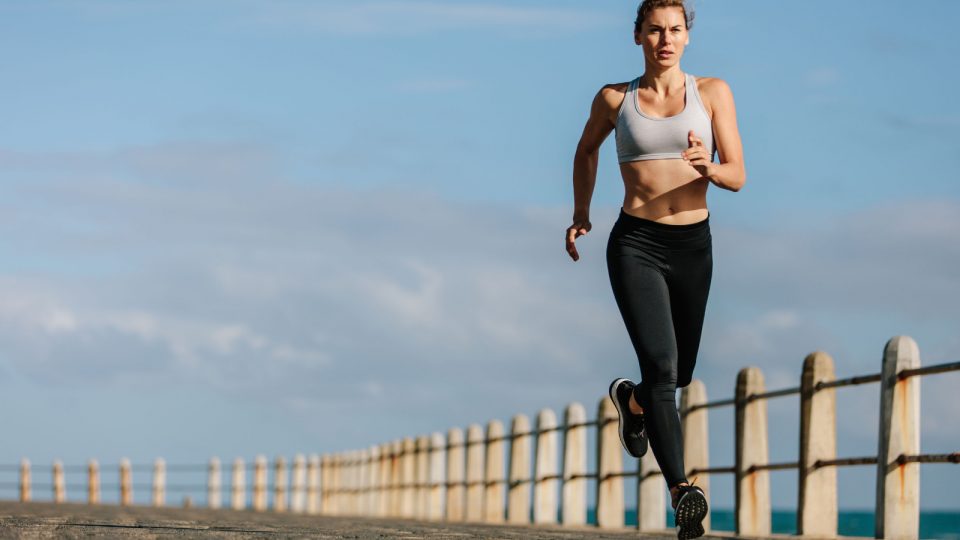


1 Comment
The article is very detailed and scientific, I will apply this method to apply to my son on how to build muscle while running, thanks a lot